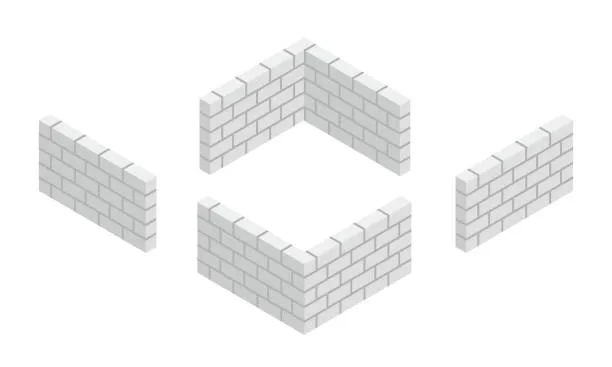Detached Vs Semi-Detached Houses: All You Need to Know
Detached Vs Semi-Detached Houses – Do you know the difference, advantages, or disadvantages? which would you prefer? well, get equipped to make better decisions.
A detached house, sometimes known as a flat, duplex, or bungalow in some circles, is a single-family home that stands alone, although semi-detached homes are typically mirror reflections of each other.
They are made up of two houses erected side by side or (less typically) back to back, with a common or party wall in the middle. This form is frequently referred to as a duplex in England, some other regions of the United States, and most of Canada; elsewhere, however, a “duplex” refers to a building divided into two flats/apartments (one above the other).
Although semi-detached houses are found all over the world, they are particularly associated with the sub-urbanization of the United Kingdom and Ireland, or post-war homes in Central Canada, and they have remained popular with developers because they are less expensive to construct than detached houses.
Semi-detached homes with linked basements are known as linked semi-detached homes. Linked dwellings, on the other hand, appear to be separate yet are joined beneath the ground.
Whether you buy a detached or semi-detached home, you’ll obtain the title deed to the structure as well as the land it sits on. Only your part of the building and the land are included in the title for the semi-detached home.
Read Also: Buying or Building a House? See Which Is Best
Detached Vs Semi-Detached Houses: Single-family Dwellings benefits and drawbacks
The single-family dwelling has both benefits and drawbacks: The entire space around the structure is private to the owner and family, and in most circumstances (depending on national/federal, state/provincial, and municipal legislation), more space can be added to the existing house if needed.
The owner is responsible for all upkeep and repairs, including the interior, exterior, and everything in between.
A detached home is preferred if you want solitude and your own space, as you won’t have to discuss with your neighbor’s structural changes or maintenance difficulties. You’re less bothered by noise and less inclined to bother your neighbors.
Because semi-detached homes are less expensive to build than detached houses, you get more space for your money. The cost of maintenance, as well as the actual work needed, can be separated into two categories.
Semi-detached houses are generally less expensive than detached houses, and they appeal to young couples looking for a family home but unwilling or unable to pay the high amounts demanded by many detached houses. According to one house-buying report, more people are interested in buying semi-detached property.
In addition, the inner city areas of major cities are typically densely inhabited, leaving little room for single-family homes. The outside districts of larger cities, on the other hand, are typically transitional zones with an equal mix of smaller apartment complexes and single-family homes.
In many places of the world, single-family residences are associated with sub-urbanization. The “American Dream” includes owning a home with a yard and a “white picket fence” (which also exists with variations in other parts of the world). Gated communities are often linked with single-family dwellings, especially in developing countries.
Because the location is so essential in real estate, you may find that a detached home in a less attractive region costs less than a semi-detached house in a more desirable one.
Whether you buy a semi-detached or detached home is mostly a matter of personal preference, and it is largely determined by your demands and the amount of money you have to spend.
Which one would you choose? Detached Houses Vs Semi-Detached Houses, which Is it better to buy a detached home or a semi-detached home? Share your opinion using the comment box below.

![Guide And Cost Of Borehole Drilling In Nigeria ([year]) Guide And Cost Of Borehole Drilling In Nigeria](https://eucarlrealty.com/wp-content/uploads/2023/01/istockphoto-1399888696-612x612-1.webp)
